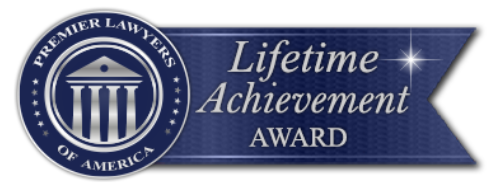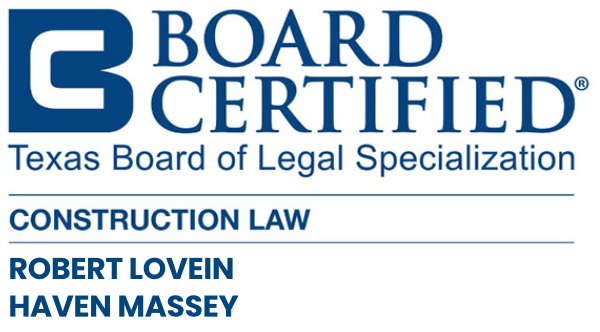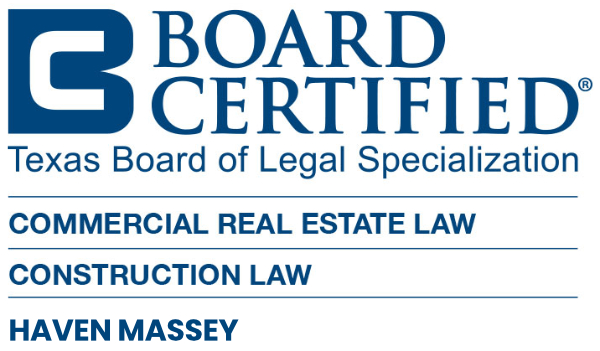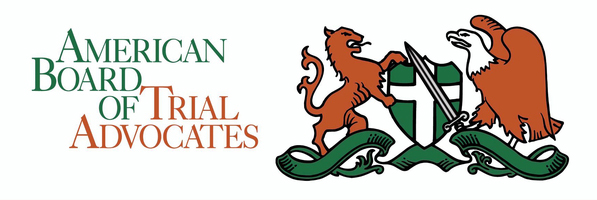As with most areas of the law, the Bankruptcy Code is comprised of a complex set of statutes that can seem daunting and prove challenging for even the most experienced practitioners. Lovein Ribman, P.C. has built its reputation on providing our clients with cost-effective, creative, and efficient solutions to some of the most challenging legal problems in the industry. Whether you are a debtor considering filing bankruptcy, a business in need of reorganization or restructuring advice, or a creditor in need of representation and guidance throughout the bankruptcy process, the attorneys at Lovein Ribman, P.C. are experienced, knowledgeable, and capable in handling insolvency-related matters whenever they might arise. To discuss your options, contact us by submitting the Contact Form or by calling us at (888) 368-2483 to talk to one of our bankruptcy attorneys.
Creditor Representation
When a debtor files bankruptcy, it is imperative that a creditor not only have a general idea of how the bankruptcy process works, but understand its legal rights and remedies with respect to enforcing payment of its debt including classifying claims, lifting the automatic stay, objecting to discharge, preserving and enforcing lien rights, protecting cash collateral, enforcing executory contracts and leases, and other common situations often encountered by creditors in connection with reorganizations, workout plans, and bankruptcies. The goals of a creditor in bankruptcy should be: (1) to obtain as much relevant information as possible; (2) ensure reasonable restrictions are placed on the debtor’s actions; (3) preservation of assets; (4) eliminate waste by the debtor; and (5) maximize repayment of its debt.
The attorneys at Lovein Ribman, P.C. represent creditors in all stages of the collections process, both inside and outside of bankruptcy. The firm’s attorneys are highly skilled and experienced in bankruptcy litigation including relief from the automatic stay, valuation disputes, contract disputes, claim objections, bringing and defending preference, avoidance, dismissal, and fraudulent transfer claims, as well as shareholders, director, and officer liability claims.
What is a Proof of Claim?
A proof of claim is a document that is filed in the debtor’s bankruptcy case by a creditor detailing the debt owed by the debtor. The proof of claim explains that creditor’s right to receive payment for a debt that the debtor owed on the date the debtor filed for bankruptcy. A claim can be either secured or unsecured. A secured claim is a claim that is supported by a lien on particular property owned by the debtor—this could include real property, vehicles, equipment, or any other piece of property that a creditor has a security interest in. Under the Bankruptcy Code, a claim is secured to the extent that a creditor has the right to be paid from the property before other creditors are paid. In most circumstances, the amount of a secured claim typically cannot exceed the value of the specific property on which a creditor has a lien. Any amount owed to a creditor in excess of the value of the property is normally an unsecured claim; however, exceptions do exist. An unsecured claim, is a claim that does not meet the requirements of a secured claim. A claim may be unsecured to the extent that the amount of the claim is more than the value of the property on which a creditor has a lien.
The Debtor is in Possession of My Collateral and Has Filed Bankruptcy—Now What?
While the filing of a bankruptcy petition does trigger the automatic stay—an order that goes into effect to stop most collection efforts during the course of a debtor’s bankruptcy—the automatic stay is not absolute. In fact, particularly in situations involving claims secured by liens on collateral, the automatic stay is often times lifted so that a creditor can recover its property in the event the property is not “adequately protected” or there is not enough equity in the property to cover the underlying debt (i.e., an “equity cushion”). Additionally, sometimes property may not be necessary for an effective reorganization of the debtor, which may also be a basis for lifting the automatic stay.
What is an Adversary Proceeding?
While the filing of a bankruptcy petition “stays” most state court and other lawsuits against a debtor, it does not necessarily mean the end of litigation. In fact, in some cases, it may be the beginning of many more claims and disputes to come. In contested bankruptcy cases, where resources are scarce, claims are disputed, and large amounts of money are at stake between competing parties, a bankruptcy debtor can reasonably expect to encounter post-filing lawsuits known in the bankruptcy community as “adversary proceedings.” An adversary proceeding is a lawsuit filed separate from, but related to a bankruptcy case—largely resembling a civil court action. Common adversary proceeding matters often involve issues of claim priority, preference payments (i.e., an action to recover money paid to a creditor prior to filing bankruptcy), violations of the automatic stay, debt dischargeability, and fraudulent transfer issues. An adversary proceeding can be initiated by a creditor, the bankruptcy trustee, or in some cases, the debtor. If you are involved in or are considering filing an adversary proceeding in a bankruptcy case, speak to an attorney to advise you of your rights and remedies as well as maximize your chances of prevailing on your claim.
















